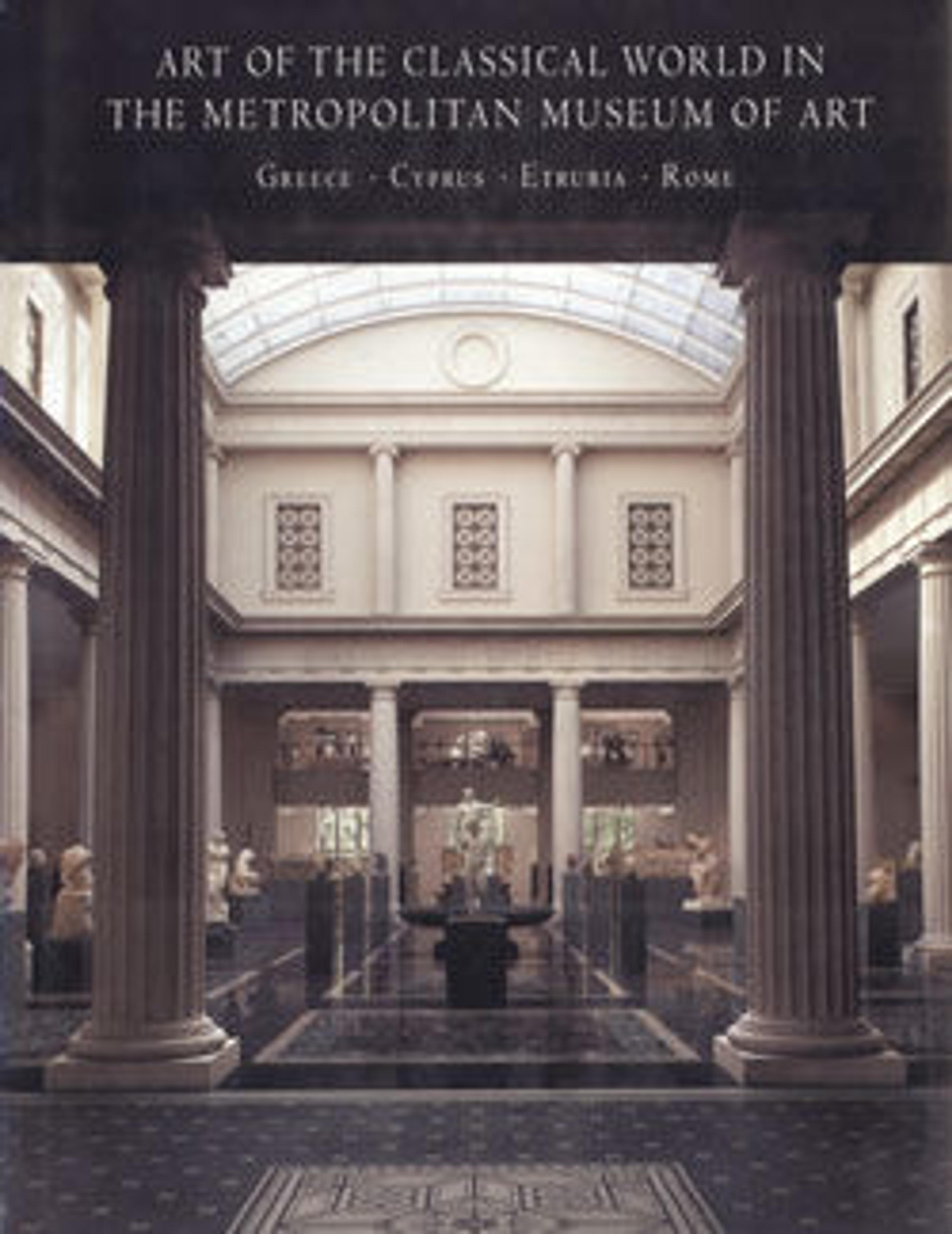Painted limestone funerary slab with a man controlling a rearing horse
During the Ptolemaic period a distinctive type of subterranean tomb for multiple burials proliferated in the cemeteries around the city of Alexandria. Underground chambers cut into the living rock radiated from a central courtyard open to the sky. Most chambers contained a number of loculi, long narrow niches cut into the walls, which served as burial slots. Some loculi were sealed with painted limestone slabs in the form of small shrines. Here, a lively depiction of a man trying to bridle a horse, while a boy stands behind him, commemorates a man from Thessaly in Northern Greece, who must have been one of the many foreigners who congregated in the wealthy, cosmopolitan Ptolemaic capital.
Artwork Details
- Title:Painted limestone funerary slab with a man controlling a rearing horse
- Period:Hellenistic
- Date:2nd half of 3rd century BCE
- Culture:Greek
- Medium:Limestone, paint
- Dimensions:Other: 15 1/2 × 10 1/2 × 2 7/8 in. (39.4 × 26.7 × 7.3 cm)
- Classification:Miscellaneous-Paintings
- Credit Line:Gift of Darius Ogden Mills, 1904
- Object Number:04.17.3
- Curatorial Department: Greek and Roman Art
More Artwork
Research Resources
The Met provides unparalleled resources for research and welcomes an international community of students and scholars. The Met's Open Access API is where creators and researchers can connect to the The Met collection. Open Access data and public domain images are available for unrestricted commercial and noncommercial use without permission or fee.
To request images under copyright and other restrictions, please use this Image Request form.
Feedback
We continue to research and examine historical and cultural context for objects in The Met collection. If you have comments or questions about this object record, please contact us using the form below. The Museum looks forward to receiving your comments.
